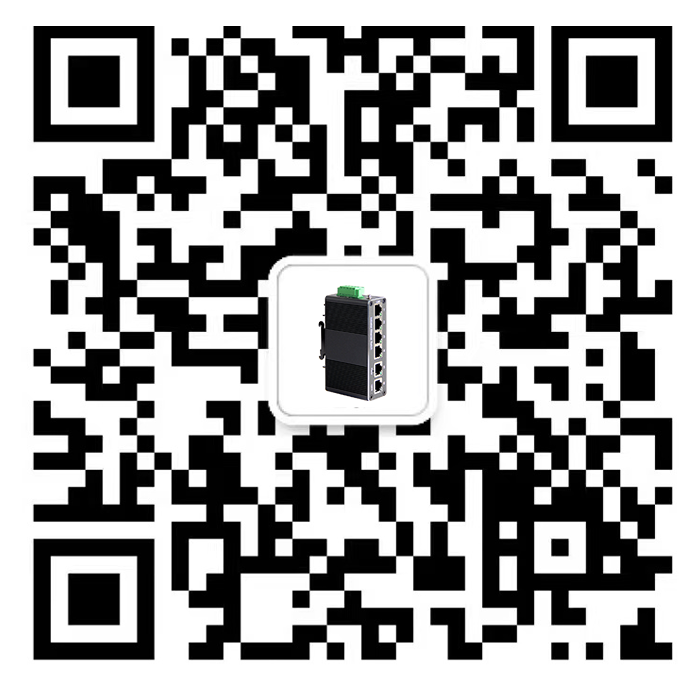- online service
- 13713382963
- info@three-link.com
-
We chat

Email: info@three-link.com Tel: 13713382963
What is the best Industrial Ethernet switch for your current workplace use? This can be a real hassle, considering a number of factors such as mission status, ability to require redundancy, network management and non-network management, future maintenance and scalability, and so on.
Factors which should be considered before making a purchase are that:
1. Mission considerations include temperature limitations, EMC Electromagnetic compatibility, protection grade, installation method and power supply. Industrial Ethernet switches are designed for situations where they are unsuitable for commercial use, such as extreme temperatures, high vibration and high electromagnetic noise.
2. Choose network management or non-network Management Switch: if the network is simple, you can choose plug and play non-network management switch; if for future maintenance convenience, can demand to choose network management, as long as the network management switch ability to achieve ring-type topology connection.
3. Also need to meet the relevant industry norms: for example, the marine switch should conform to the ship construction norms, if the use of risk sites, to conform to the response of the certification norms; Rail Transit and highway and other transportation industry also have their own norms.
A key question in choosing a Industrial Ethernet switch is whether to choose a network-managed switch or a non-network-managed switch. Although network-managed switches are usually more expensive, they provide some additional power. Network-managed switches include the characteristics of non-network-managed switches. Network-managed switches generally support simple network management protocol (SNMP) , of course, most network-managed switches have more than this (SNMP) feature. Basically, network-managed switches allow you to control the network, while non-network-managed switches generally allow only Ethernet devices to communicate. Network-managed switches also allow you to monitor the network. With SNMP, you can view a variety of network status, including the number of bytes sent/received, the number of frames sent/received, the number of errors and port status. All of these can be viewed by each port.
Network management switches also have some advanced features that improve your network control capabilities. Features like quality of service (QoS) , Virtual LAN (VLAN) , port mirroring, IGMP Snooping, redundancy, and SNMP are typically found only in network-managed switches, the advanced features of most network-managed switches are the ability of the switch to apply a high priority to a particular data frame.
VLAN allows switches to logically group devices and isolate traffic between groups of devices, even if all devices share a physical switch. ‖ port mirroring allows one port of the switch to monitor traffic sent or received by one or more ports of the switch. This feature facilitates real-time monitoring of communication data and is a common fault finding method in Ethernet.
IGMP Snooping automatically sends multicast frames only to those devices that request them, which prevents multicast frames from being sent to those devices that do not request them.
SNMP is the simple network management protocol that allows network management applications to communicate with switches, request status information, and configure settings in a standard manner. Some vendors also provide a network administrator program that converts SNMP data into OPC data used in the system.
Ring redundancy is a common feature of network-managed Industrial Ethernet switches. Many industrial switch manufacturers have created their own proprietary ring redundancy protocols. In terms of the medium of transmission, most Industrial Ethernet communications take place over twisted-pair wires, but fiber-optic cables are sometimes required. When the signal transmission distance beyond the twisted-pair support of 100 meters when the need for fiber optic cable. The communication distance of multi-mode fiber can reach 2 km, and the communication distance of single-mode fiber can reach 15 km. Because their communications are not susceptible to electrical or magnetic fields, fiber optic cables are generally also used in high-noise environments.
From: bbs.gongkong.com
Contact: Kevin
Phone: 13713382963
Tel: 13713382963
Email: info@three-link.com
Add: Third Floor, Building 1, No.75 Jianshe Road, Qishi Town, Dongguan City
We chat
